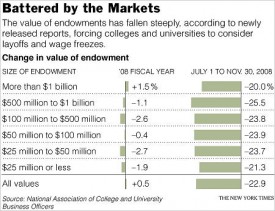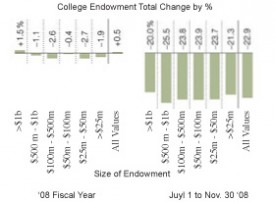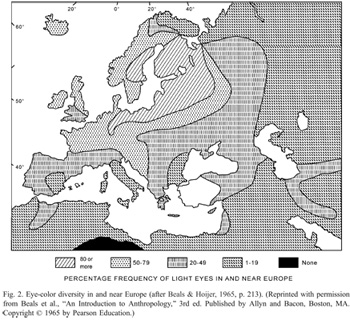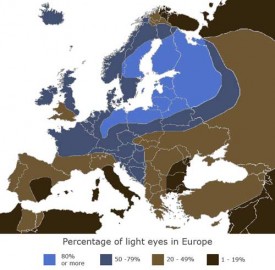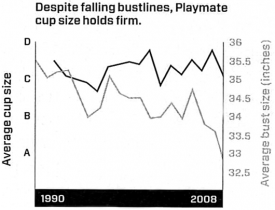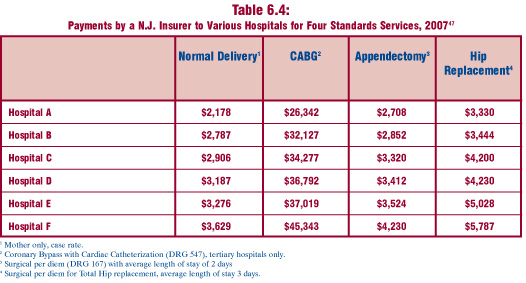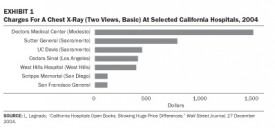
What Works
Click on the link in the caption to go to Aaron Koblin’s site and watch the animation. It’s mesmerizing and I ended up watching it more than once, trying to pick out the patterns. And, in fact, what works about this approach is it’s ability to help quickly identify patterns. Generally speaking, data that is dynamic (usually the change is happening over time, as in this case) is data that may lend itself to this sort of pattern recognition analysis via visualization.
As you watch the whole visualization, you’ll see that Aaron Koblin experimented with three different ways of displaying the same data. He starts with impermanent white lines over a dark background, then globs of oil-ish substance over a white background, then he applies color to the original white-on-black version. I like the political implication of using the oily blobs – that is what we are collectively doing when we’re flying – burning up vast quantities of fossil fuels by using just about the least fuel-efficient form of transportation we’ve got. Vehicles for traveling outside earth’s orbit are even less efficient. I still think the white-on-black version works best because I couldn’t figure out what the colors represented.
I love the total flight counter and the running clock. Adds a great deal of contextual information very subtly.
What Needs Work
I think this animation does a great job of showing what it sets out to show – the flight patterns in the US over a 24 hour period. If there was an intention to include data about the environmental cost, I would have liked something that isn’t quite as subtle as showing the patterns using blobs of oil-like substance. But modeling that sort of data would be even more complicated than what was done here because it would count on knowing how big each plane was – jets use more fuel than smaller planes – and some estimate of how heavy it was – full flights use more fuel than empty ones.
I also wanted to know if this represents all passenger and cargo flights, or if it is just passenger flights?
Relevant Resources
Aaron Koblin’s website and a link to the specific animation related to this post.
For more on globalisation, see Saskia Sassen who was interviewed about her work by John Sutherland at the Guardian in 2004.
For more on the relationship between aircraft and climate change see this slightly outdated 2001 report from the Intergovernmental Panel on Climate Change (UNEP)

